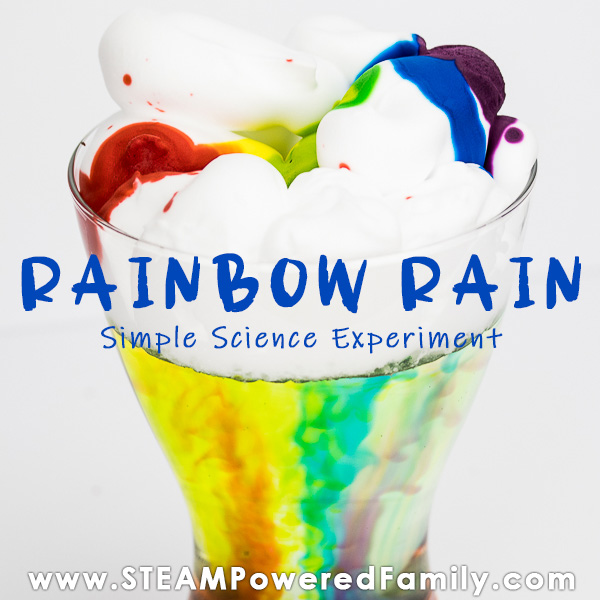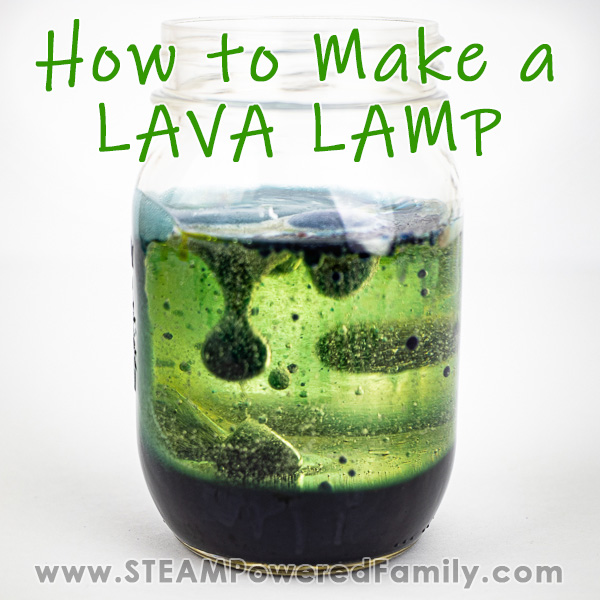Rainbow Rain – Rain Cloud in a Jar
Sometimes you need a simple activity, that teaches some fundamental science principles, while also being absolutely breathtakingly beautiful. This is that activity! Rainbow Rain also known as Shaving Cream Rain Cloud or Rain Clouds in a Jar, is a simple demonstration that will add some gorgeous colour and WOW factor to your weather science lessons.
Shaving Cream Rain Clouds Simple Science Experiment

Disclaimer: This article may contain commission or affiliate links. As an Amazon Influencer I earn from qualifying purchases.
Not seeing our videos? Turn off any adblockers to ensure our video feed can be seen. Or visit our YouTube channel to see if the video has been uploaded there. We are slowly uploading our archives. Thanks!
In this activity we are learning about the weather and why it rains. Fundamental concepts but with a gorgeous, colourful, rainbow twist.
Rainbow activities are always fun as they make boring activities vibrant and exciting. So with this activity we could have stuck with a simple blue rain, but we wanted more excitement!
Plus this activity leads to a lot of different investigations and critical thinking if you let kids explore their curiosity, ask questions, and create their own variations of this activity to see what happens.
This is some of the most powerful learning for kids, because it fosters a love of learning.
Rainbow Shaving Cloud Supplies
For this activity you need:
A wide mouth jar, cup, vase or container. You can also do this in a series of cups, one for each colour. The only requirement is that the containers are clear so you can see what is happening.
Water
Food Colouring – Water based in the squeezeable droppers is easiest, but you can adapt to any type. See our variation of this activity below for one twist!
Shaving Cream
Directions
Start by filling your container about about 3/4 full with water.
Add shaving cream at the top to create the cloud.
Now add the food colouring by dropping it onto your cloud.
Watch for your rainbow rain to start falling as your clouds fill with liquid.
Shaving Cream Rain Cloud Science
Clouds are formed from water vapour that forms into droplets in the sky. These droplets gather together, until they become so heavy that they fall down to the Earth as rain (or snow if it’s cold).
The rain falls due to gravity and is part of the water cycle. Learn more about how rain works here.
In this experiment our rain is the the food colouring which is a water based. As we add it to our shaving cream cloud, the cloud swells with liquid just like a cloud until it becomes so heavy it falls into our water below.
There is a second scientific phenomenon we can witness as our colourful rain mixes with our water, it is called diffusion. You can learn more about diffusion here.
Cloud in a Jar Extensions
Like any great experiment, we want our kids to ask questions, to wonder, and to come up with new theories and experiments they can do to test their theories. This is part of the Scientific Method.
With our experiment we discussed different options like how water temperature might affect our results. But the thing that peaked our curiosity was the fact that water concentration in the clouds is what causes rain, so what if we increased the amount of water by diluting our food colouring?
Rainbow Rain Experiment 2
For this rain cloud variation we needed some additional glasses to mix up our food colouring with water. We also needed a way to add the colourful mixtures to our clouds. We decided on a syringe, but a pipette or even a spoon would have worked.
Then we conducted our experiment the same way we did but this time with our diluted food colouring mixes.
The results were similar but we did notice that the shaving cream cloud got much heavier and darker before releasing our colours.
Such a cool result!
This simple experiment is so much fun and a great way to foster curiosity and fun with science. If you enjoyed this experiment you might want to try one of these simple science experiments for kids.
Happy Experimenting!





